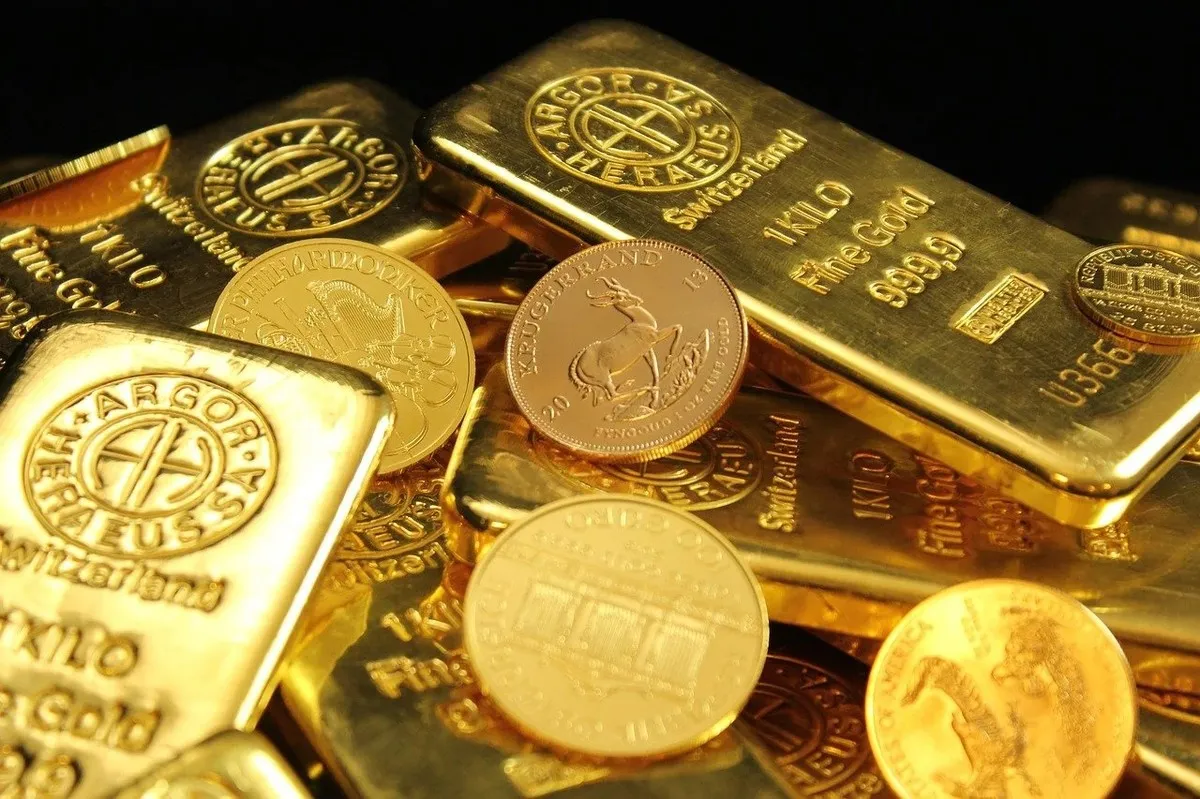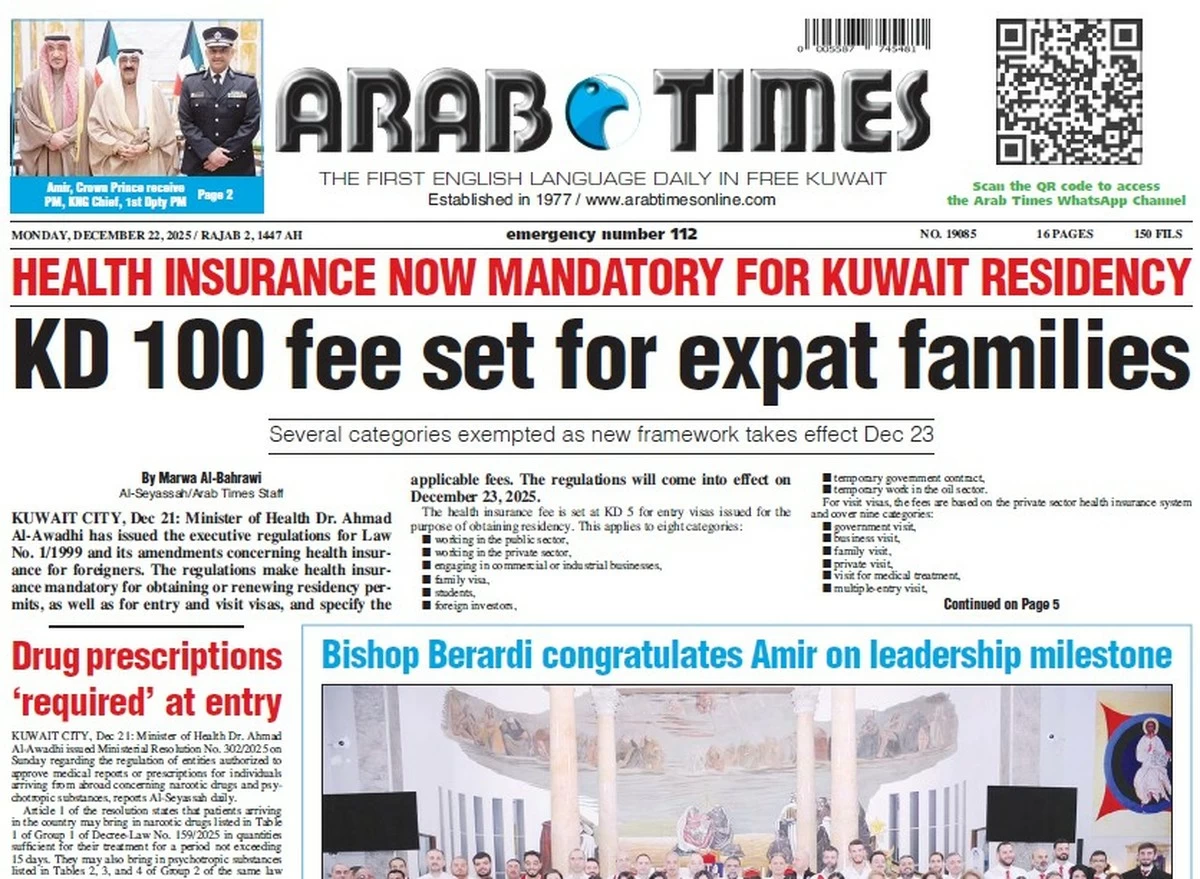30/10/2025
30/10/2025

KUWAIT CITY, Oct 30: According to the latest data from the World Gold Council, Kuwaiti citizens and residents purchased approximately 12.3 tons of gold — including both bullion and jewelry — during the first nine months of 2025. Quarterly breakdowns indicate steady demand throughout the year: 3.8 tons in the first quarter, 4.6 tons in the second quarter, and 3.9 tons in the third quarter.
When compared with the same period in 2024, purchases show a modest decline. During the first nine months of last year, Kuwaitis acquired 13.5 tons of gold, with 4.6 tons in Q1, 4.7 tons in Q2, and 4.2 tons in Q3. Despite global price volatility and record-high rates for gold during 2025, the market has shown remarkable stability, suggesting that consumer demand in Kuwait has matured and become less reactive to short-term price swings.
Gold as a Hedge Against Economic Uncertainty
Analysts attribute this steadiness to growing confidence among investors and consumers alike that gold is more than a luxury or adornment; it is increasingly seen as a long-term hedge against inflation and economic uncertainty. The slight dip in the third quarter reflects a cautious “wait-and-see” approach, as buyers monitored global price trends after significant surges in the first half of the year.
The annual decrease from 13.5 tons to 12.3 tons — approximately 9% — is interpreted by experts as a healthy adjustment rather than a drop in demand. While record-high prices prompted some buyers to scale back, few exited the market entirely, indicating strong underlying appetite for the metal.
Jewelry Remains King of the Kuwaiti Market
Gold jewelry continues to dominate the local market, accounting for 61% of total purchases, equivalent to 7.5 tons in the first nine months of 2025. Quarterly purchases were 2.4 tons in Q1, 2.7 tons in Q2, and 2.4 tons in Q3. By comparison, jewelry sales during the same period in 2024 totaled 8.8 tons, with 3.1 tons each in Q1 and Q2, and 2.6 tons in Q3.
The enduring dominance of jewelry purchases reflects the cultural and social significance of gold in Kuwait, where it serves as both personal adornment and a store of value. The relative stability in quarterly volumes demonstrates that demand is primarily driven by social consumption rather than speculative trading. The slight 15% decline from 8.8 to 7.5 tons is largely attributed to sharp price increases, which pushed local prices per gram to historic highs and led consumers to postpone discretionary purchases. In addition, rising manufacturing costs have made bullion more attractive to investors seeking pure investment options.
Bullion Demand Shows Smart Investment Trends
Gold bullion accounted for the remaining 39% of purchases, totaling 4.8 tons in the first nine months of 2025. Quarterly breakdowns show 1.4 tons in Q1, 1.9 tons in Q2, and 1.5 tons in Q3. For comparison, bullion purchases in 2024 reached 4.7 tons over the same period, distributed as 1.5 tons, 1.6 tons, and 1.6 tons across the first three quarters.
The gradual increase in bullion purchases during the first half of the year reflects growing investment awareness among citizens and residents, who are increasingly using gold as a smart savings tool. The slight decline in Q3 corresponds with record-high spot prices, prompting investors to temporarily hold off on purchases, awaiting potential price corrections. Nevertheless, maintaining quarterly purchases above 1.5 tons underscores the resilient and continuous demand for bullion as an investment vehicle.
Global Gold Market Trends
Globally, demand for gold continued its upward trajectory. The World Gold Council reported a 3% year-on-year increase in demand, reaching 1,313 tons in Q3 2025, the highest quarterly level ever recorded. This surge was largely driven by strong investment demand amid geopolitical tensions and economic uncertainty.
Spot gold prices have soared by 50% since the start of 2025, reaching a record $4,381 per ounce on October 20, fueled by safe-haven buying, concerns over US tariffs, and a wave of purchases motivated by fear of missing out. These global trends have further reinforced gold’s role as both a cultural mainstay and a strategic investment in Kuwait, underpinning the local market’s resilience despite price volatility.


